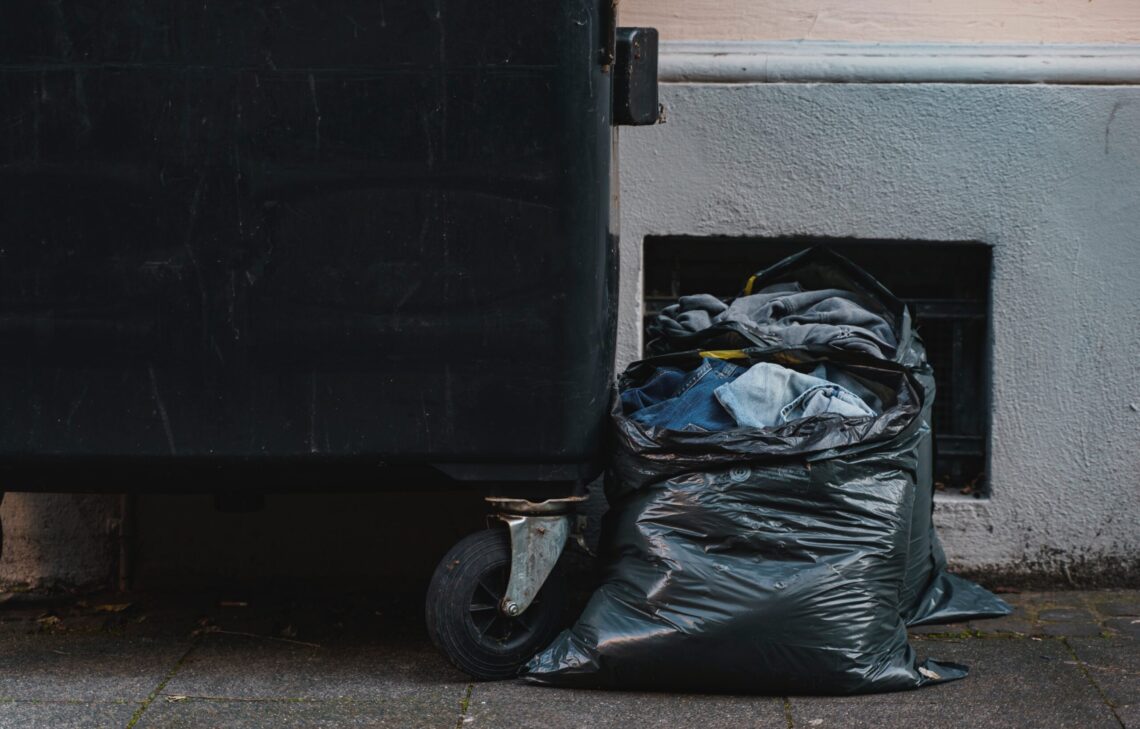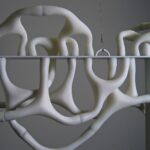“The very thing we have been trying to marginalise, life, might actually be our biggest collaborator” (Lee, 2020)
William McDonough and Michael Braungart’s 2002 book, ‘Cradle to Cradle: Remaking the Way We Make Things’, encourages us to take an environmentally sustainable approach to design and production. It critiques the traditional linear ‘Cradle to Grave’ model of production and consumption. As we continue to consume and discard our products in our throw-away culture, we create waste, pollution and cause extensive environmental damage to the earth’s resources. Instead, ‘Cradle to Cradle’ advocates for a regenerative impact on the environment and society. It aims to completely eliminate the idea of waste, so our products stay in a circular system and can safely return to the environment as either biological or technological ‘nutrients’ (McDonough and Braungarts, 2002). The authors concept of “monstrous hybrids”, includes incompatible and unnatural components that are challenging to reuse and recycle in safe ways, and are therefore products that facilitate the Cradle to Grave system. Natural materials like cotton or silk are often blended with synthetics or dyed with chemicals, making them non-biodegradable and thus altering them from nature compatible to being ‘monstrous’.
When thinking about alternatives to these hybrids, I was reminded of an exhibition I visited last year at the Barbican in London, entitled ‘Our Time On Earth’ which looked at new ways that as a society we can get closer to nature, whether through art, science or technology, to find a harmonious balance and restore our broken relationship with the natural world. The exhibition looked at this idea through various lenses, including indigenous knowledge systems, reforesting minds, queer ecology, and multi species resilience. One area of the exhibit focused on the biological future of fashion and explored the world of biofabrication.

The fashion industry has become one of the largest polluters globally, with its excessive consumption of natural resources, overproduction of textile and chemical waste, and human rights abuses (Selamet, 2022). Biofabrication offers an alternative solution to this dark side of the fashion industry. It enables the production of materials through a biotechnological process, where living organisms are produced in a lab to create biological structures and fibres.
According to CEO and founder of ‘Biofabricate’ Suzanne Lee, biofabricated materials can be manufactured in a shorter timeframe compared to conventional materials, requiring fewer resources for production and as a result they produce less waste and are completely biodegradable. These innovations and new design technologies give me strong hope for a new revolution of design engineering that can adopt a more Cradle to Cradle model.
Designing with nature, for nature. With activity that encourages surface interactions with healthy microbes, we could improve passive climate control, storm water control and reduce Co2 emissions by lowering the energy used to heat or cool our buildings.” (Lee, 2020).




References:
Lee, S., 2020. Why “biofabrication” is the next industrial revolution. 31st January. 2020. Avalaible at: https://www.ted.com/talks/suzanne_lee_why_biofabrication_is_the_next_industrial_revolution?language=en
McDonough, W and Braungart, M., 2002. Cradle to Cradle : Remaking the Way We Make Things. New York. North Point Press.
Selamet, E., 2022. BIOTECHNOLOGY, BIO-FABRICATION, BIO FASHION: from living organisms to garments. 5th-8th April 2022 Nottingham Trent University, 5, p.541.








Yulia Kovanova
13 November 2023 — 19:33
Another excellent post! It is great to see you engaging with the material, bringing in examples of something you visited in the past and engaging with classmates to learn from their design disciplines.